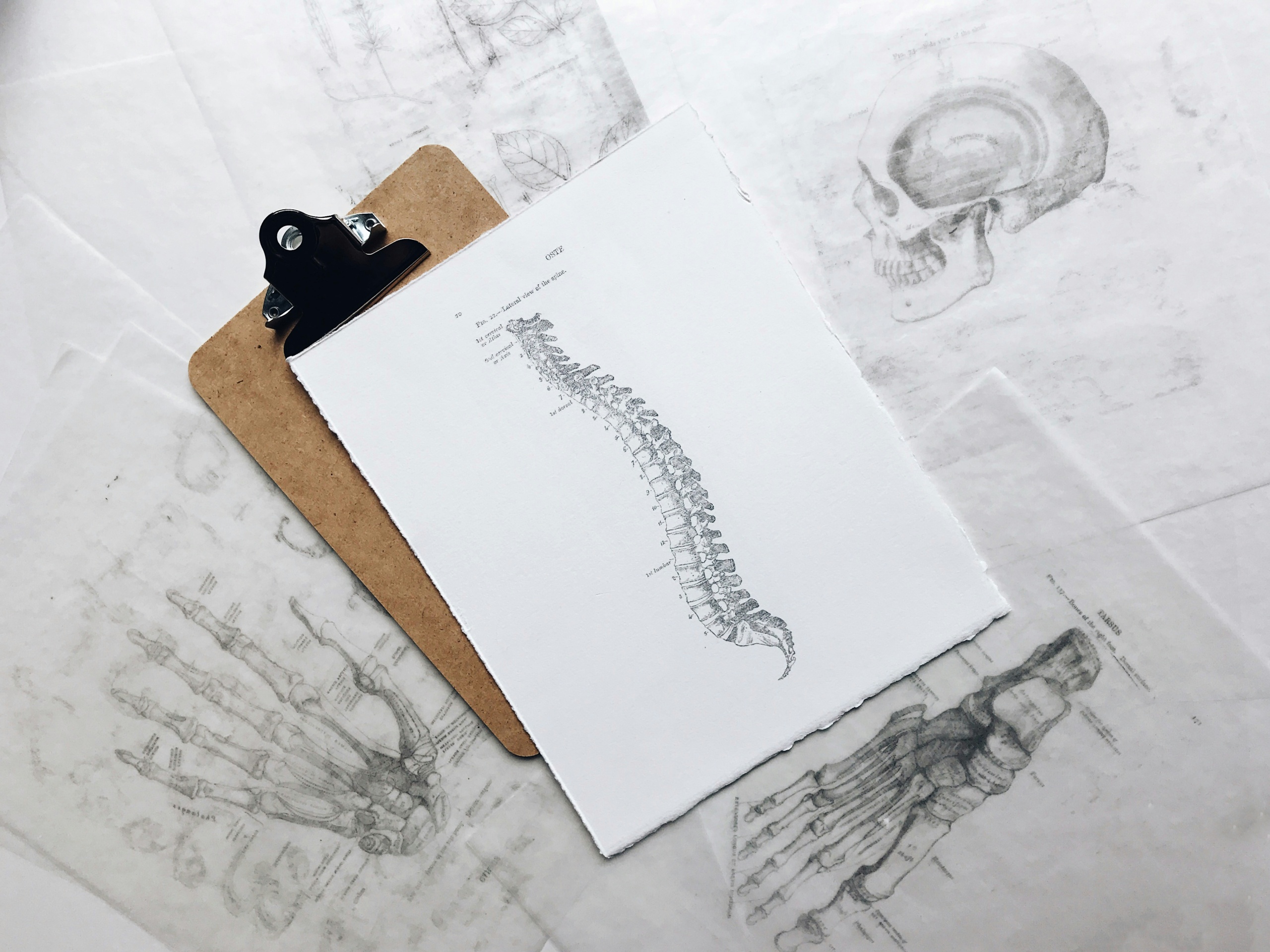Introduction to Bone Spurs
Bone spurs, or osteophytes, are bony projections that form along the edges of bones, particularly where bones meet at joints. This condition is most commonly associated with osteoarthritis and results from the excessive wear and tear of cartilage and bone over time. Although bone spurs are often asymptomatic and may go unnoticed for many years, they can sometimes lead to significant pain and mobility issues depending on their size and location.
The development of bone spurs is often indicative of underlying joint deterioration, which can gradually lead to more severe complications if left unaddressed. In some cases, these spurs can create painful friction in joints and impinge on nerves, leading to symptoms such as pain, numbness, and decreased range of motion. Understanding the causes and implications of bone spurs is crucial for effective management and prevention, especially for individuals at risk of or suffering from osteoarthritis.
Symptoms and Locations of Bone Spurs
The symptoms of bone spurs depend on their location. For instance, bone spurs in the knee can interfere with leg movement, causing pain during leg extension and bending. In the spine, they can narrow the space available for the spinal cord and nerves, potentially leading to numbness or weakness. Hip bone spurs may reduce the range of motion and make movement painful, while those on the rotator cuff in the shoulder can cause swelling and tears in the muscles and tendons, a common issue for athletes like baseball pitchers. Bone spurs can also appear on the fingers, making the joints look knobby and swollen.
Diagnosing and Consulting with Specialists
If bone spurs are suspected due to persistent joint pain or swelling, a consultation with a healthcare provider is crucial. Initially, a family doctor can evaluate the symptoms, but they may refer the patient to a rheumatologist, a specialist in joint disorders. Diagnostic tests like X-rays, MRIs, or CT scans may be recommended to visualize the extent of the bone spurs and assess their impact on joints and surrounding tissues.
Treatment Options for Bone Spurs
Treatment for bone spurs varies based on the severity of symptoms and their effect on the patient’s quality of life. Non-surgical treatments include anti-inflammatory medications such as Advil, Motrin, or Aleve, which can help manage pain and reduce inflammation. In cases where bone spurs restrict movement or cause significant discomfort, surgical removal might be necessary.
The Role of In-Home Care in Post-Surgery Recovery
Post-surgery recovery is critical, especially for patients who have undergone procedures to remove bone spurs. In-home care services can be invaluable during this period, providing necessary support to ensure a safe and effective recovery. In-home caregivers can assist with daily activities, ensure that medication schedules are followed, and help with rehabilitation exercises prescribed by physical therapists. This support not only aids in physical recovery but also helps manage the mental and emotional stress that can accompany the recovery process.
Looking Ahead: Comprehensive Care for Bone Health
As patients navigate their treatment options for bone spurs, incorporating a holistic approach that includes both physical and mental health care is vital. Utilizing in-home care services for support during recovery from surgery can ensure that patients continue to receive the care they need in the comfort of their own homes. With proactive management, individuals with bone spurs can lead active and fulfilling lives despite their diagnosis.
Conclusion: Navigating the Challenges of Bone Spurs
Managing bone spurs effectively requires a proactive approach that encompasses both medical intervention and lifestyle adjustments. Early detection and treatment are crucial in preventing further joint damage and managing symptoms. Patients need to work closely with their healthcare providers to develop a treatment plan that may include medications, physical therapy, or in more severe cases, surgical removal of the spurs. Additionally, implementing lifestyle changes such as maintaining a healthy weight, practicing good posture, and engaging in low-impact exercises can help reduce the strain on joints and alleviate the symptoms associated with bone spurs.
Beyond the physical treatments, it’s important to address the mental health challenges that can arise from living with chronic pain caused by bone spurs. Seeking support through therapy or support groups can be beneficial in managing the psychological impacts of chronic pain conditions. Comprehensive care that includes physical health management, mental health support, and post-surgery recovery with in-home care ensures that individuals can continue to lead fulfilling lives. This holistic approach not only helps in coping with the current symptoms but also aids in the long-term preservation of joint health and overall well-being.




